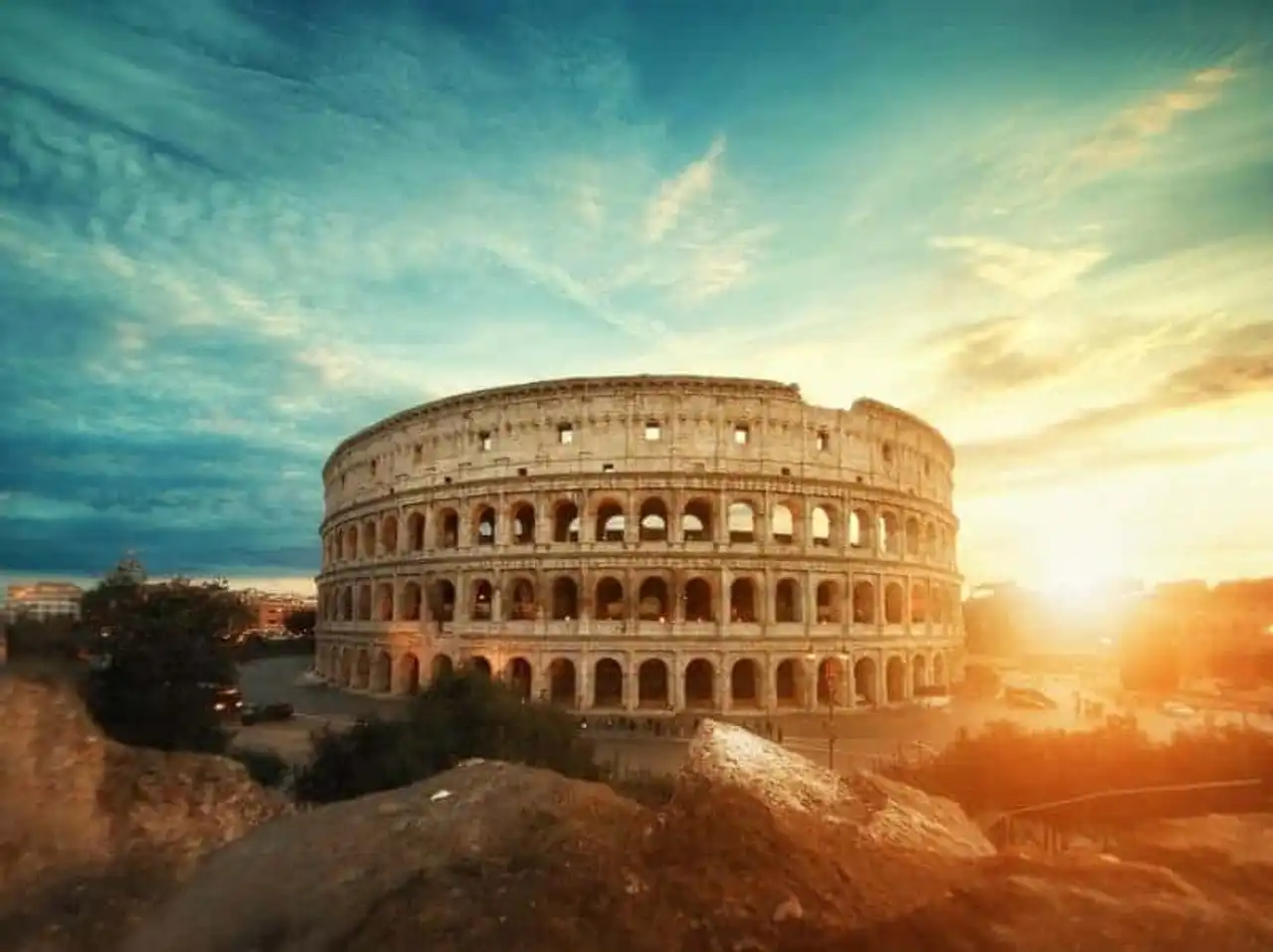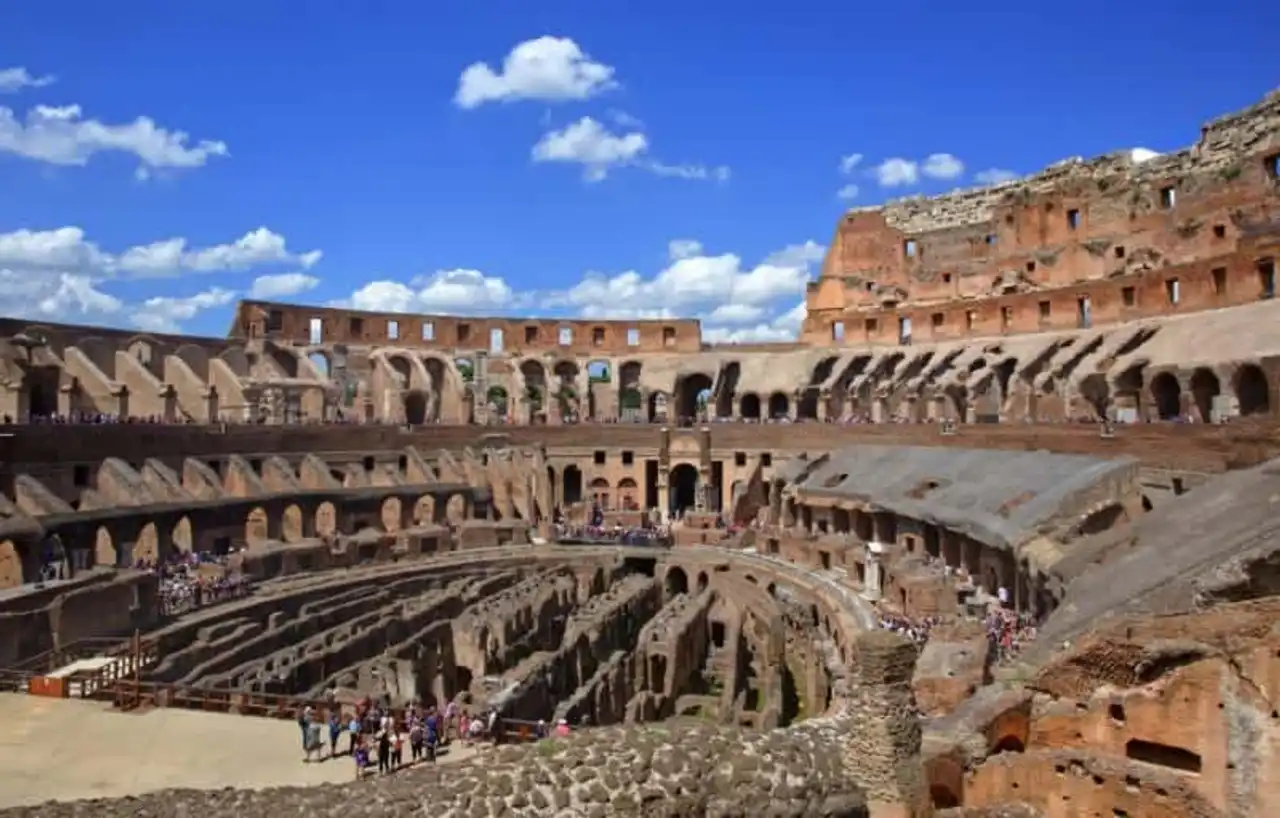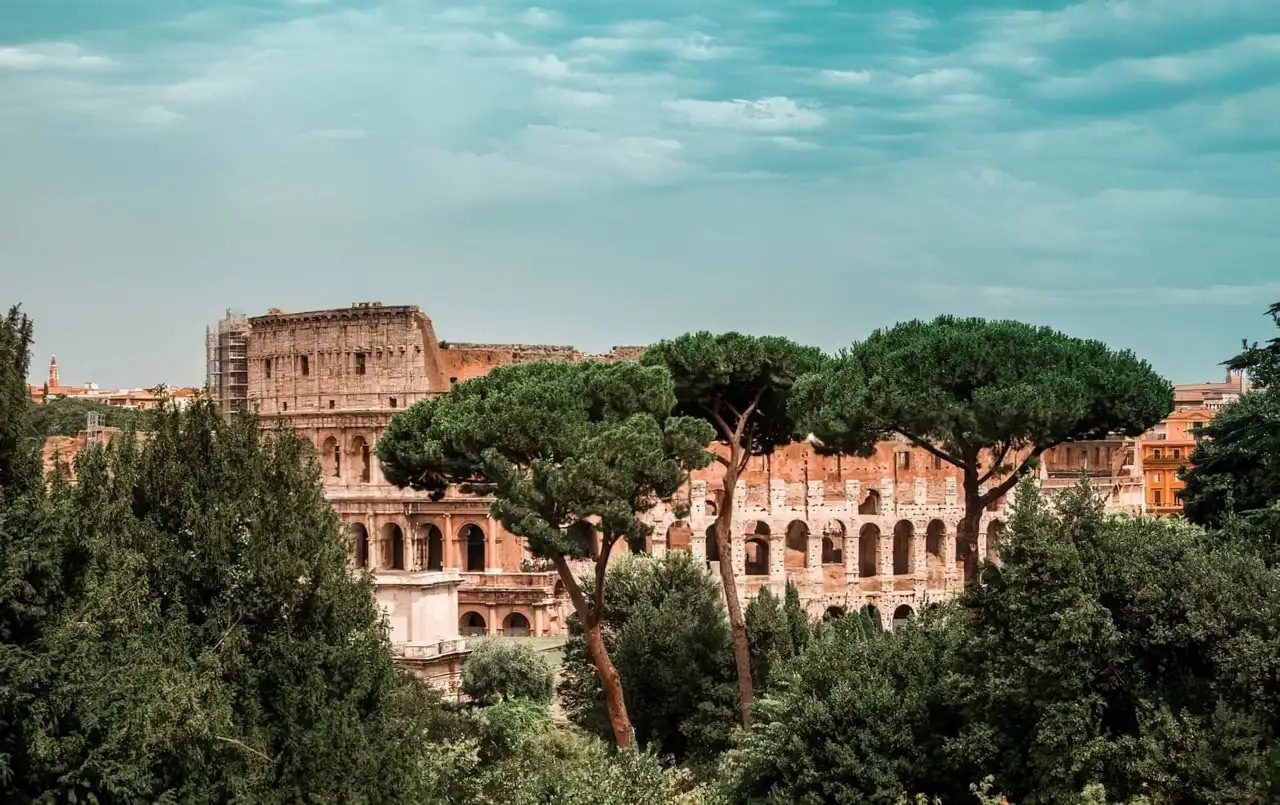Visiting Rome also passes by its name. A great must, the Colosseum is one of the most popular monuments in Italy! Discover everything you need to know to explore this historic place.
The Colosseum was considered an iconic symbol of Rome from the Middle Ages. The reputation of the monument has spread throughout history.
Surviving several earthquakes, the fall of the Roman Empire, the Man to the pollution of modern times and the vibrations of traffic, the Colosseum appears as a survivor, a true emblem of the past centuries.
Very popular among tourists who come to visit Rome, it echoes a preserved heritage, which classifies it among the most famous monuments in the world. Crossing the time, he inspired the Gladiator movie with this famous quote: " The true heart of Rome is not in the marble of the Senate, but in the sand of the Colosseum ".
Tickets, Rates, Schedules
Our 3 ways to visit the Colosseum :
- attention to availability
Book a combined ticket :
L’avis de la rédaction
"For a first weekend in the Italian capital, the combined ticket is ideal for exploring the iconic sites of ancient Rome! »
Schedules to the Colosseum
- 🕛 The Colosseum opens every day at 8:30 but the closing times vary depending on the seasons. You will find more details about this at the end of the article.
Getting to the Colosseum
📍 To get to the Colosseum, you have several options:
By car : you can park near the Colosseum.
By metro : Take metro line B, and join Colosseo station.
By bus : buses number 40, 60 and 75 are the best lines to reach the Colosseum.
By tram : take line 3, and go down to the tram stop of Piazza del Colosseo.
Colosseum of Rome: a strand of History

Photo credit: Unsplash – Willian West
Massive and colossal structure, the Colosseum is considered to be the greatest amphitheatre of the Roman Empire (also called Flavian amphitheatre) in the world. As a place of rendezvous for the famous Gladiateurs battles, the monument was at the time synonymous with real entertainment for the Roman people: Battles of gladiators, reconstructions of naval battles, reconstructions of rural or forest spaces, presentations of works of art or executions of condemned to death. A hobbie for the least bloody who gave the power of life or death to Man, but not that... The animals, too, were among the victims of these massacrant games: during the inauguration games (which lasted 100 days and nights), about 5000 wild animals were shot. Rhinoceros, crocodiles, bears, elephants, lions, tigers and giraffes... Many species have succumbed to the arena.
With a seating capacity of nearly 50,000 spectators, the entrance to the Colosseum was free, but the places were assigned according to the social rank. Without a doubt, the emperor had the best seat in the Colosseo, with a special podium at the northern end of the theatre. The lowest level was reserved for senators, while above were the nobles and knights (primum mænianum). The ordinary citizens met when they were at the higher level (mænianum secundum).
The lower part (immum) was intended for rich citizens, while the upper part (summum) was allocated to the middle class. Finally, two other levels at the top of the Colosseum (Mænianum summum secundum and Mænianum secundum in lineis) were for the poor, women and slaves.
What to see and do at the Colosseum in Rome?

Photo credit: Unsplash – Ben Lee
Exterior Colosseum
189 meters long, 156 meters wide, 2.4 ha of area: from your arrival at the Colosseum, you will be marvelled by its facade in travertin ! You can then observe its 4 levels, the first three of which are opened by arcades and carried by columns of the different orders – doric, ionic and Corinthian – and whose fourth is pierced with windows.
You can also see on half of the Colosseum excretions that were still visible at the top that allowed you to veil at the top of the site to protect the spectators of the sun.
Colosseum grades
Visiting the Colosseum in Rome will allow you to discover all the grams (or cavea) immediately after entering the building. Organised so as to distinguish the social classes, the lowest cellar was 3 meters high compared to the arena, the highest at more than 40 meters.
Imagine that the bleachers could accommodate up to 70,000 people... Either the equivalent of the city of Dunkerque ! The role of the vomitorium, these corridors that allowed the spectators to be released, was therefore very important because it was necessary that the spectators could quickly empty the Colosseum in case of need.
Did you know? The bleachers were only equipped with stone benches. It was therefore common for spectators to bring their own chairs for more comfort. There were also 70 water fountains and food merchants.
Arena and hypogea
When you enter the amphitheatre, you discover, among other things, the underground rooms and passageways, originally covered by a wooden floor: the Hypogee. This is where the cages of the animals were installed. In particular, the decors were preserved, but above all, the Hypogee acted as a training ground for the Gladiators. At the time of entering the Arena, the fighters were returned directly by a pulley elevator system.
How to visit the Colosseum in Rome?

Photo credit: Flickr – Etienne Coutu
Visiting the Colosseum in Rome requires to prepare its coming well. Here are some points that will be useful for your visit:
- Only small backpacks and bags are now allowed on the site
- It is forbidden to access the monument with bottles, glasses, alcoholic beverages and aerosols
- People with reduced mobility can visit the Colosseum in Rome
How to get to the Colosseum in Rome?
Once in Rome, it is easy to visit the Colosseum because it is in the centre of Rome, not far from the Colosseum. Forum Romain and Mont Palatin . Here is a map to find the Colosseum in Rome:
More information on the rates and times to visit the Colosseum in Rome
RATES
To visit the Colosseum in Rome, you must have a ticket (value 2 days) which will be combined with the visit of the Forum Romain and Mont Palatin:
- Full rate: 12€
- Reduced price: 7,50€ (European Union resident, 18 – 25 years old)
- Free: -18 years and over 65 years (all EU residents)
- Rome Citypass: To visit the main monuments of Rome with cut-file tickets, enjoy free transport and enjoy that many discounts, book your Roma Pass ! Valid three days, it is one of the most popular economic passes by travellers who wish to discover a maximum of historical/cultural sites and monuments during their stay (all information about the Rome Pass is to be found in our dedicated article).
Good to know. :
- One guided tour of the Colosseum of Rome can be an excellent way to learn a lot about the Colosseum’s history, but be careful not to be in a too important group (you might not hear your guide talking). - If you have scheduled the visit of the three sites, take your ticket to Mount Palatin, where there is the least. – Book in advance avoiding queues to buy your ticket individually. - Free access during the first free Sundays of the month will now be limited to January to March and October to December.
HORARI
- Last Sunday from October to February 15 : 8h30 – 16h30
- 16 February to 15 March : 8h30 – 17h
- March 16 to the last Saturday of March : 8h30 – 17h30
- Last Sunday from March to August 31 : 8h30 – 19h15
- 1 to 30 September : 8h30 – 19h
- October 1 to the last Saturday of October : 8h30 – 6h30
- Friday Saint : 8h30 – 14h
- 2 June : 8h30 – 19h15
Good to know. : - Access to the site is no longer possible 1h before closing - Visits take place on Sundays and holidays throughout the year, except January 1, May 1 and December 25. - The schedules do not apply to the Hypogee visit and to the 3rd floor: these two parts are accessible to the public every day at 13:40. Beyond that time, the place is reserved for guided tours.
Have you visited the Colosseum in Rome?








Loading comments ...